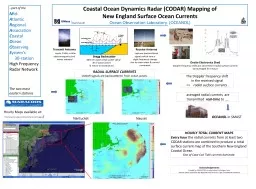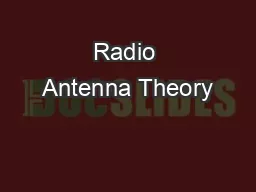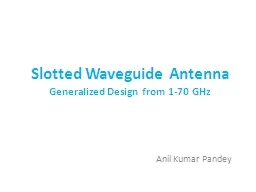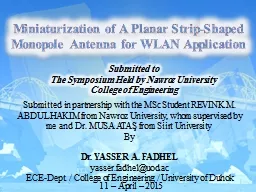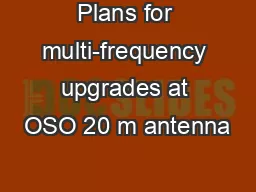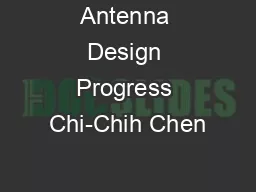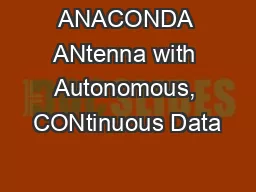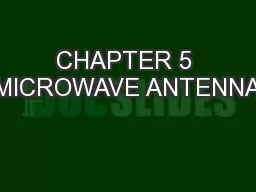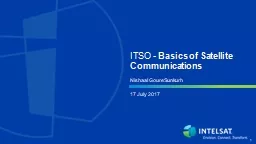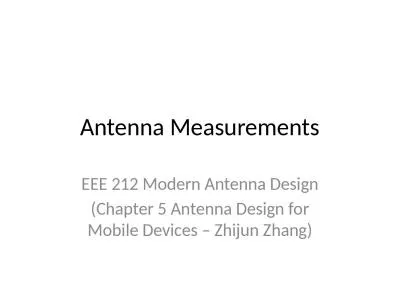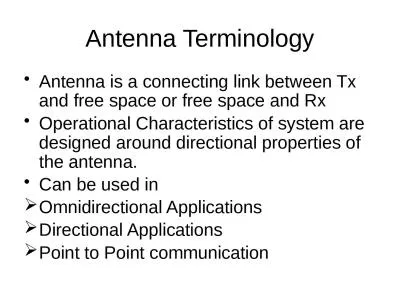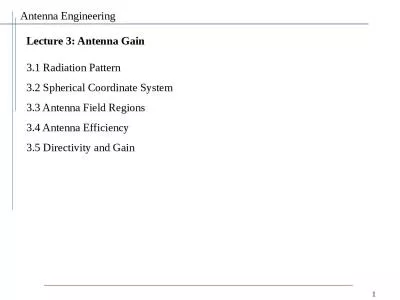PPT-Transmit Antenna sends
Author : liane-varnes | Published Date : 2019-11-07
Transmit Antenna sends 5 MHz or 60m electromagnetic em waves seaward Nauset Nantucket Coastal Ocean Dynamics Radar CODAR Mapping of New England Surface Ocean Currents
Presentation Embed Code
Download Presentation
Download Presentation The PPT/PDF document "Transmit Antenna sends" is the property of its rightful owner. Permission is granted to download and print the materials on this website for personal, non-commercial use only, and to display it on your personal computer provided you do not modify the materials and that you retain all copyright notices contained in the materials. By downloading content from our website, you accept the terms of this agreement.
Transmit Antenna sends: Transcript
Download Rules Of Document
"Transmit Antenna sends"The content belongs to its owner. You may download and print it for personal use, without modification, and keep all copyright notices. By downloading, you agree to these terms.
Related Documents

